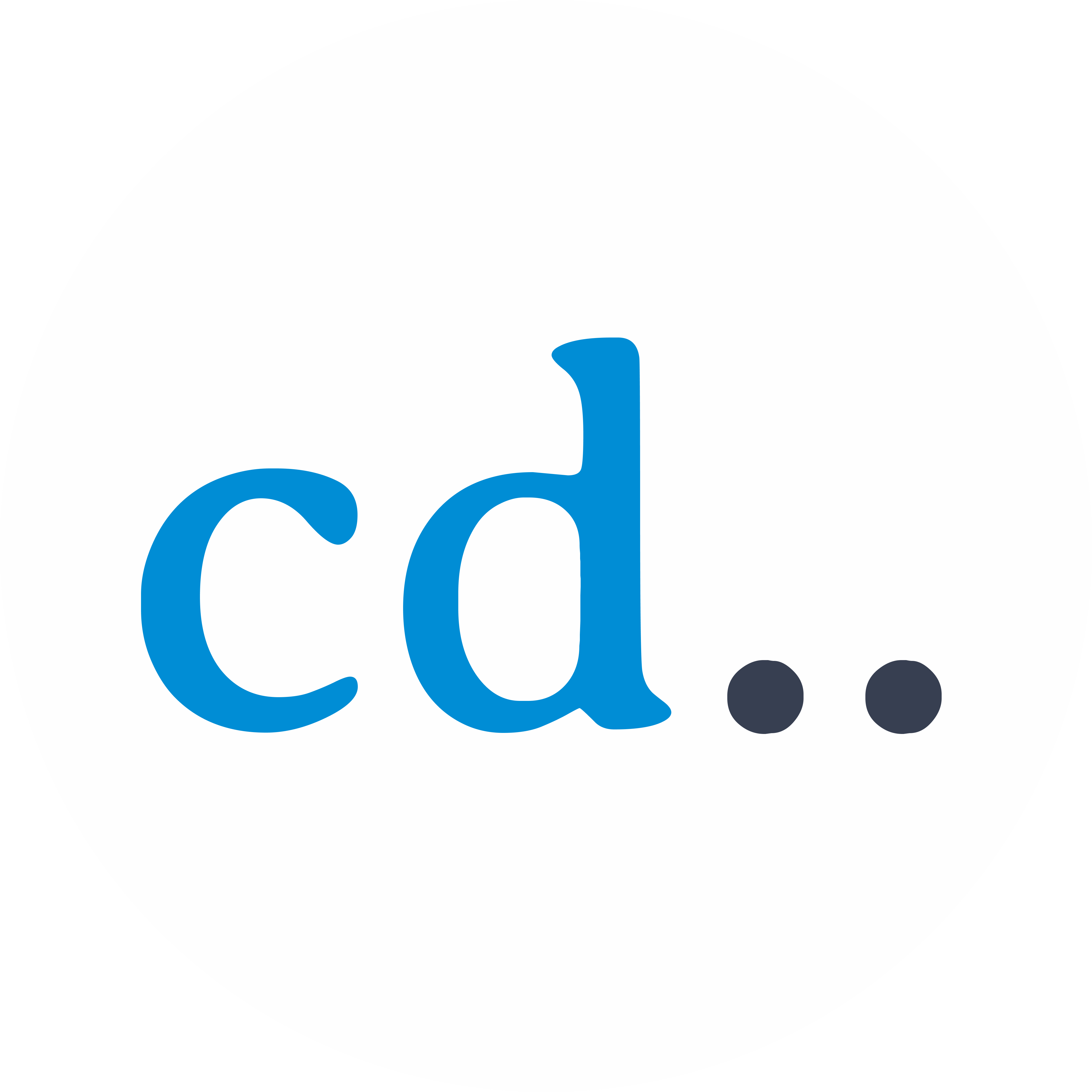You have another notification you didn't want or need

I must get a notification like this from LinkedIn at least once a week. Perhaps it’s the result of a notification job triggering that requires such a complex data fetch to display the actual intended message that it’s more efficient to simplify notify me that something is waiting for me on LinkedIn, but I cannot help but assume that a team somewhere in LinkedIn has a metric they’re goaled on which tracks the conversion rate from pushes sent to app opens, and this notification is absolute rocket fuel for that metric. And when it comes to metrics, you’ll always get the behaviours you reward, even if they’re not the behaviours you want.
Notification abuse is commonplace
The reality is that whilst this is a standout example of clickbait style notifications, LinkedIn is far from the only culprit. Almost every app considers notifications as a “growth” channel and not as a tool to notify users of important or time-sensitive information. Just last week, Instagram felt, at 11pm local time, that I urgently needed to know “Check out some of the most watched reels in Ireland today 🇮🇪”. I’m sure that’s true, but I’m also sure that I can find that information for myself if I want to and there’s no way it was time-sensitive.
Uber has even gone so far as to put literal ads into their push notifications. Apple updated their guidelines in 2020 to explicitly allow promotions, so I’m not sure this is even a violation of their own rules, but it’s still a pretty egregious example of how notifications are being abused.
Less is actually more
The funny thing is that a recent piece of research by Meta, who probably in total send more of these notifications than any other company on the planet, suggests that fewer and better notifications will actually lead to higher engagement and lower churn.
We discovered that the initial loss of visitation from fewer notifications gradually recovered over time, and after an extended period, it had fully recovered and even turned out to be a gain.
The problem is that it takes a long time to get to that point. Meta ran that experiment for a year. Most companies don’t have the patience to wait that long, and so they just keep sending notifications, hoping that one day they’ll get it right.
It’s time for some self restraint
So if spammy notifications provide short term gain, and it’s so common that even the platform owners themselves have done it, then what can we do about it?
Honestly, when it comes to punitive actions, there’s nothing we can do. Clearly Apple is okay with this behaviour so they’re not going to update the App Store Guidelines, but I don’t know that I’ve ever met a user that is excited about notifications like these.
What’s really missing is a way for users to provide actionable feedback to developers to say that specific types of notifications are not useful to them. Being able to identify valuable types of notifications like that is how Meta knew what to keep and what to trim in that year long experiment, but there’s very few companies who have the resources to do that kind of research.
Until the platforms build that kind of capability, or we’re all willing to invest in building it app by app, all we can really do as people who work in the industry is ask ourselves if the notifications our apps send are valuable for a metric we’re chasing, or valuable for user receiving it, but honestly, we’ve shown that those two things are not always the same thing
At the end of the day, shouldn’t we always be optimising for the latter?
